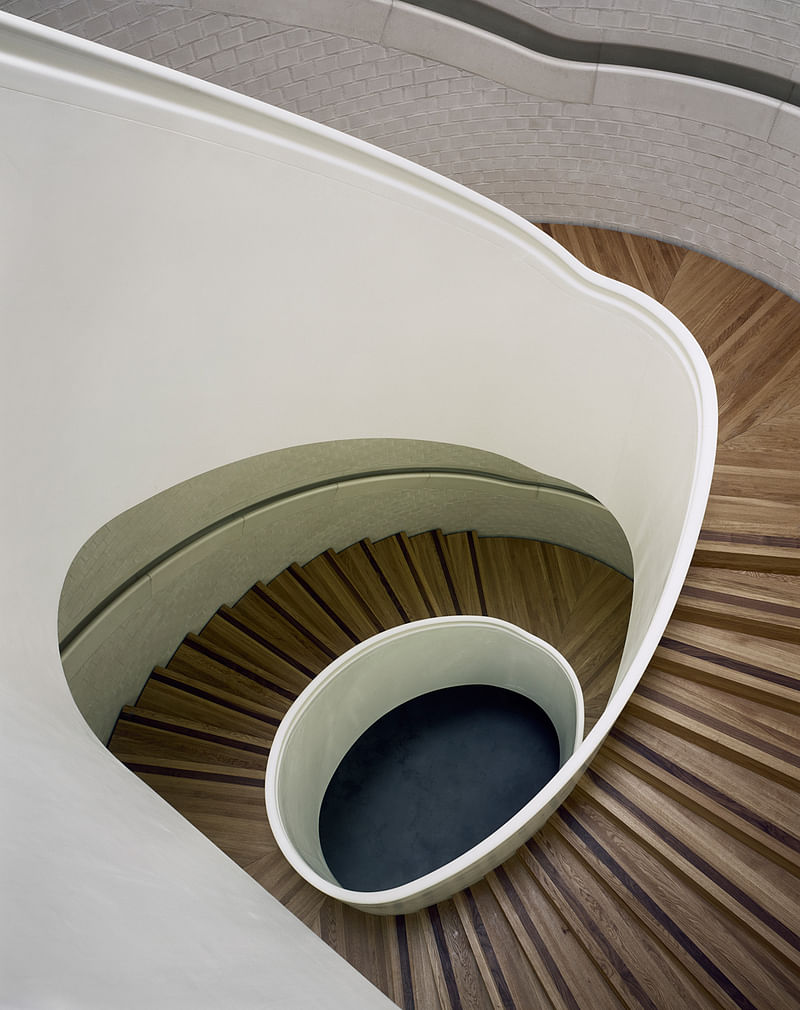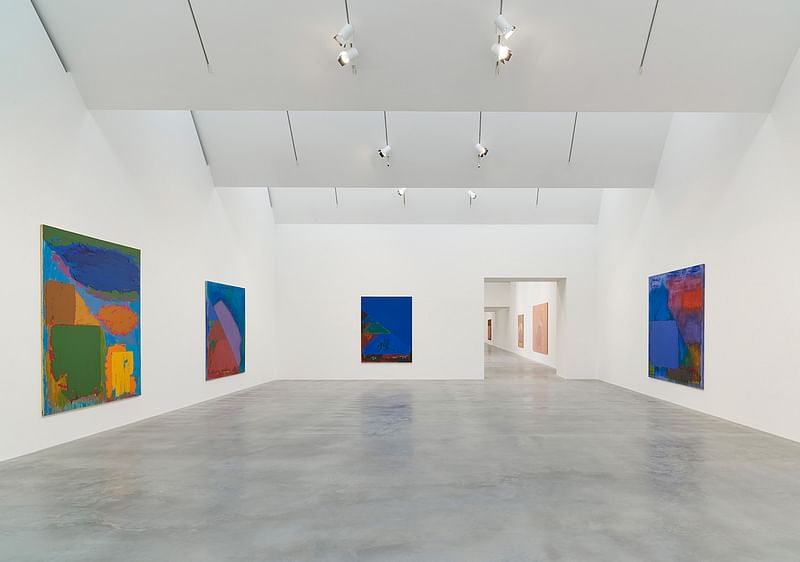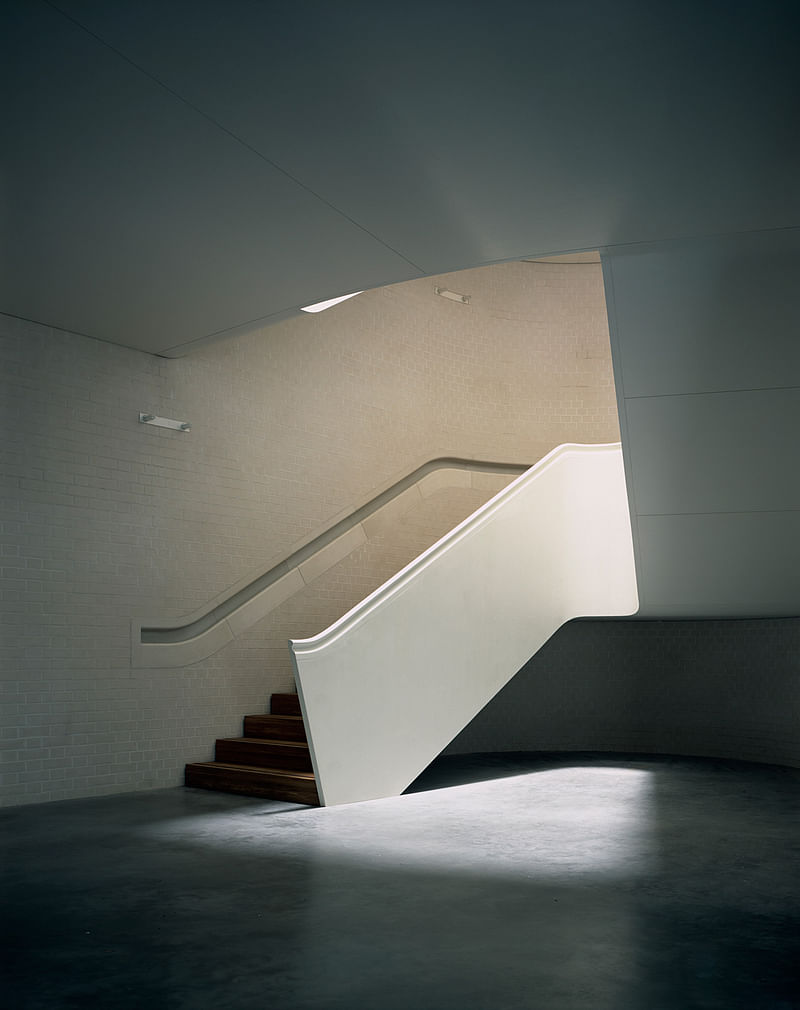Newport Street Gallery by Caruso St John wins 2016 Stirling Prize
By Justine Testado|
Thursday, Oct 6, 2016

Related
The big announcement is out! RIBA just revealed Damien Hirst's Newport Street Gallery by Caruso St John as the winner of the coveted 2016 Stirling Prize today in London. Caruso St John was selected out of a competitive shortlist that included WilkinsonEyre's recently revamped Weston Library at the University of Oxford and the Blavatnik School of Government designed by Herzog & de Meuron.
Considered to be the UK's most prestigious accolade in architecture, the Stirling Prize is awarded to the building that has “made the biggest contribution to the evolution of architecture in a given year.” While the Stirling Prize is highly regarded, as high-profile architecture awards and competitions tend to do, the competition has also stirred up controversy. Protestors from the group Architects for Social Housing have spoken out against shortlisted projects, and they appeared to have picketed outside the RIBA's headquarters once again during the 2016 Stirling Prize ceremony.
Stirling Prize winners over the last few years include the Burntwood School by Allford Hall Monaghan Morris, Haworth Tompkins' Everyman Theatre, and the Astley Castle by Witherford Watson Mann Architects.
Read on for more about this year's Stirling Prize winner.

“Newport Street Gallery in Vauxhall has involved the conversion of an extraordinary terrace of listed industrial buildings, that were formerly theatre carpentry and scenery painting workshops. The gallery forms the whole length of the street, with the three listed Victorian buildings flanked at either end by new buildings. The ground and upper floors within the five buildings are continuous, allowing them to be used flexibly in many combinations, to accommodate both large and small exhibitions. There are three large galleries on each of the two floors, stretching in a line from one end of the building to the other.”

“This is a very bold and confident project wherein old and new are seamlessly joined and reinterpreted to create superb gallery spaces in a building with a very significant civic presence.
This is an approach to conservation at once radical and sensitive, based on a deep appreciation of the qualities of the host building and the potential of the new programme. The internal restructuring is forthright and unsentimental, giving a powerful and coherent set of gallery rooms that are able to show the most challenging individual works but also very ambitious large shows. This is combined with materiality and detailing that are exquisite, including the outrageously virtuosic staircases, which achieve a strong sense of traditional craftsmanship using contemporary technologies.”

“As a street, the collection of five buildings is beautifully curated, pulled together by the forthright brick treatment yet expressive of their individuality. The usage and twisting of the familiar is evident in the spiky saw-tooth roof but also in the use of fletton-like bricks, recalling the raw backstage of London buildings.”

“The simple and logical circulation creates a promenade route that playfully connects the ground and first floor of the building, and encompasses a fine bar. But the project goes beyond the typical institutional model by placing the shop outside, along the street. This lends urbanity to a quiet back street as well as increasing the sense of calm and space in the gallery itself. The gallery is set to have an important beneficial impact on the larger surrounding community.”
Quoted text courtesy of RIBA.

RELATED NEWS RIBA announces 2016 Stirling Prize shortlist


Share
0 Comments
Comment as :